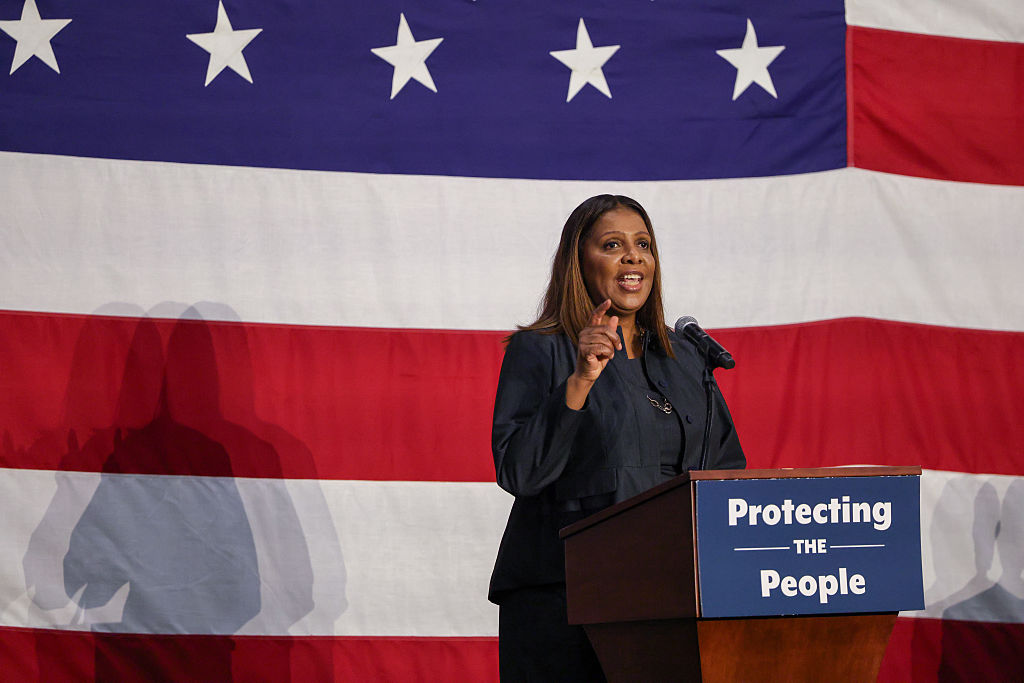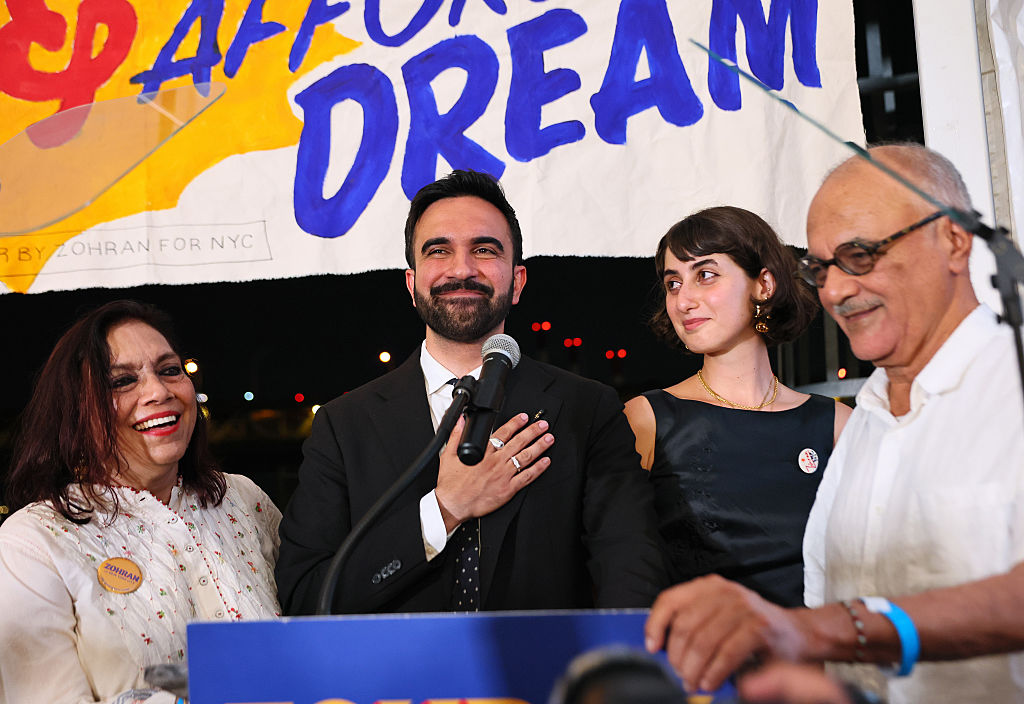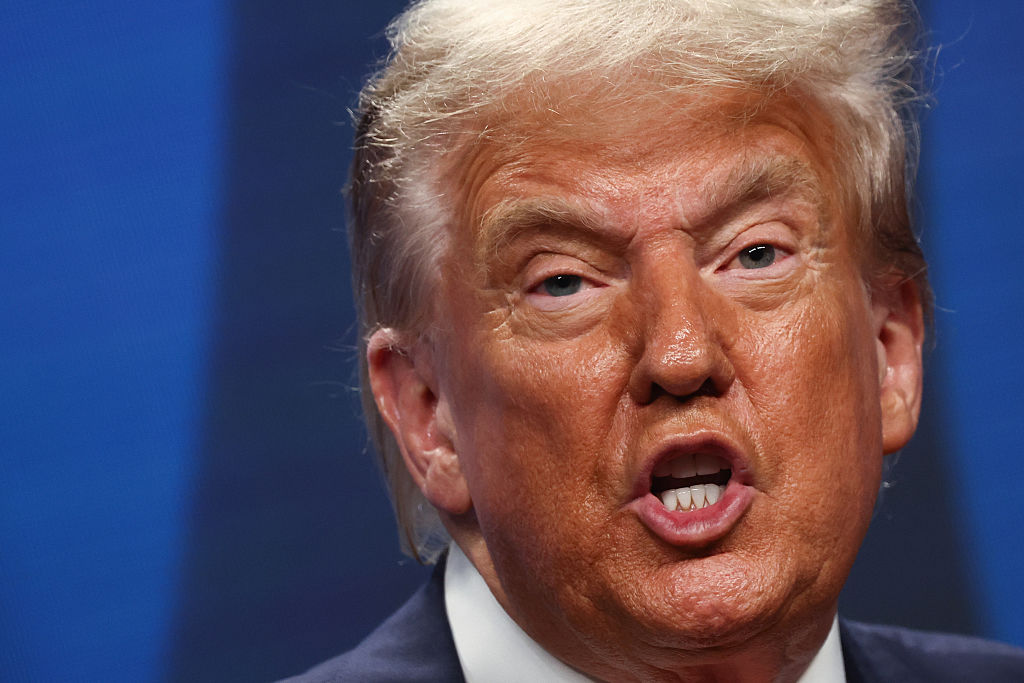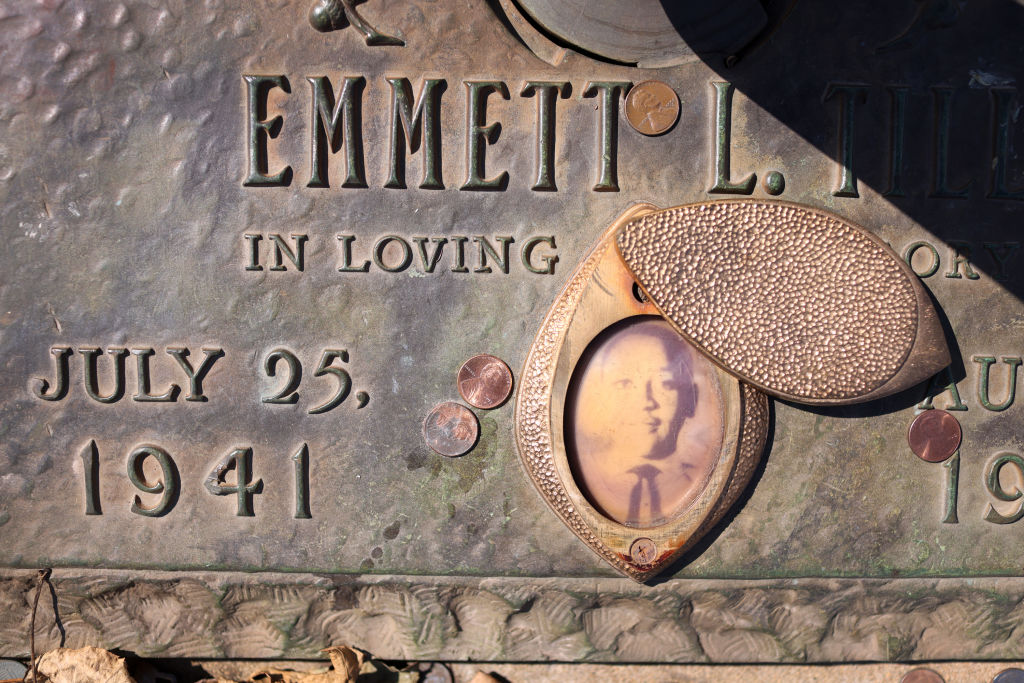Judge Rules NYC Fire Department Discriminates Against Blacks
The city has discriminated against minorities in its hiring of firefighters, causing blacks and Hispanics to comprise only 10 percent of the fire department’s work force even though most city residents are minorities, a judge ruled Wednesday.
U.S. District Judge Nicholas G. Garaufis agreed with the U.S. Department of Justice and a fraternal order of black firefighters in finding disparities among those taking firefighter recruitment exams in 1999 and 2002 were so wide that no trial was needed to rule against the city.
“These numbers stand in stark contrast to some of the nation’s other large cities, such as Los Angeles, Chicago, Philadelphia and Houston, where minority firefighters have been represented in significantly higher percentages,” the judge wrote.
He said the city used the exams to appoint more than 5,300 entry-level firefighters between 1999 and 2007, cheating at least 1,000 minority firefighters of chances to join a force of roughly 11,000 at the Fire Department of New York.
He said 3,100 exam candidates were black and 4,200 were Hispanic but the city appointed only 184 black firefighters and 461 Hispanic firefighters.
The judge said black and Hispanic applicants had disproportionately failed the written examinations and those who passed were placed disproportionately lower down the hiring lists than whites. He said he must now consider remedies.
In a release, city attorney Georgia Pestana said the city was disappointed and disagreed with the ruling.
In ruling, the judge drew a distinction between the New York City case and the recent Supreme Court ruling finding that New Haven, Conn., had improperly set aside the results of its promotional exam for firefighters when blacks and Hispanics did worse than whites.
He said the Supreme Court in the Connecticut case confronted the narrow issue of whether New Haven could defend its decision to toss out exam results by saying it was trying to comply with laws against discrimination in testing.
He said the New York City lawsuit presented a different question: whether the exam had “actually had a disparate impact upon black and Hispanic applicants for positions as entry-level firefighters.” The Connecticut case, he said, “did not confront that issue.”
The judge said the New York City case proved that “when an employment test is not adequately related to the job for which it tests — and when the test adversely affects minority groups — we may not fall back on the notion that better test takers make better employees.”
He added: “The city asks the court to do just that. Regrettably, though, the city did not take sufficient measures to ensure that better performers on its examinations would actually be better firefighters.”
Pestana, the city attorney, said the city had developed a new test that was administered in January 2007 and had spent $2 million on a recruitment campaign that took particular aim at increasing the number of minorities on the FDNY.
As a result, the fire department tripled the number of blacks and nearly doubled the number of Hispanics who took the 2007 exam compared to the previous two exams, Pestana said.
She said minorities now comprise 38 percent of the candidates on the passing list and 33 percent of the 4,000 candidates ranked highest on the list are minorities.
“In addition, over one-third of the most recent graduating class of probationary firefighters are minorities — the most diverse in the city’s history,” Pestana said.
But Paul Washington, a past president of the fraternal order of black firefighters, the Vulcan Society, said racial discrimination “is still alive and well in our city’s institutions.”
“We celebrate today’s decision for recognizing that unfair firefighter exams and other employment schemes that only serve to block qualified candidates have no place in public service,” he said.
In the New York Police Department, more than 16 percent are black and more than 25 percent are Hispanic.















